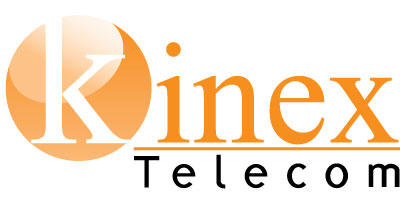Client Help Center
FTP Information
This is a short How-To on uploading personal web pages with Kinex. Much of this will assume you are familiar with Web page creation along with file and directory structures, so you may want to familiarize yourself in those areas before moving on. There are a great deal of tutorials on the web for creating your first web page. Many of the tools you need may already be on your computer. Here’s some quick links that will help you get started.
General HTML Tutorials:
Webmonkey – Possibly one of the best/largest resources on the web. Highly recommended.
Barnes & Noble – No, not the Brick and Mortar building, but the site. They have online (free) courses that can get you started. HTML tools:
CoffeeCup editor – Not free, but powerful and very popular.
NoteTab Light – Free, full of useful tools.
PSPad – A free, lightweight yet powerful programmer’s editor. Recommended for advanced users.
FileZilla – An open source (free) FTP client.
Cuteftp – Free trial, disabled after 30 days.
Auto FTP – A Free FTP program for home use.
Smart FTP – Free FTP client for home use, works with Windows XP themes. It might be worth mentioning that Windows (95, 98, NT and 2000-possibly ME as well) have an FTP client within the command (DOS) prompt. There’s a tutorial here, if you’re interested.
First things first. Okay, on to the real thing. I’ll be using SmartFTP for this tutorial because it’s easy to use and has a lot of nifty features as you become an advanced user (and it’s free!). When you signed on with Kinex your space was already set up for you, so all you have to do is create the files, and upload them there. Your web space is located on the following server: members.Kinex.net and that’s what you’ll need to log on to. Click here for an example pic of SmartFTP, and what you’ll need to enter. Your FTP program may look somewhat different, but the information that you enter will be the same. You’ll need your username and password handy as well, and as you can see from the pic you’ll enter them along with the server name.
I’m logged in, now what do I do? You should see something like this. Hopefully. If you didn’t log in correctly you would have seen an error, so everything should be good. Each program is different, so check out the help section included in your particular software program if you do have problems.
Choosing your local directory. At this point, you should have already created your web pages, and saved them in a local directory. SmartFTP has a local browser option on it’s toolbar. Most other FTP programs have a split pane (CuteFTP and WSFTP come to mind) with the local directory on the left, and the remote directory on the right. Navigate as necessary to your local directory of web pages. You can see an example of SmartFTP’s window here
Okay, I’m here. Now what? Again, it all depends on what program you’re using. Many of the standard split pane programs have arrows in the middle of the window. You select the file you want to transfer, then hit the arrow to send it in the direction you want it to go. SmartFTP is a little different (hate to sound like a broken record, but…) in that you drag and drop to wherever you want it to go. Click the file and hold the button down. Drag it over to the remote directory, and release. That’s it! The file is transferring (or has been transferred).
I’ve uploaded my files. Now where are they at? Simple. Go to http://members.Kinex.net/your_username and your home page should appear. You did name your home page index.htm or index.php didn’t you? This is an incredibly short and incomplete tutorial, and will be added to as time goes on. Please feel free to contact the lazy person who wrote it at schidester@Kinex.net and he’ll be happy to help you upload your webpage.
